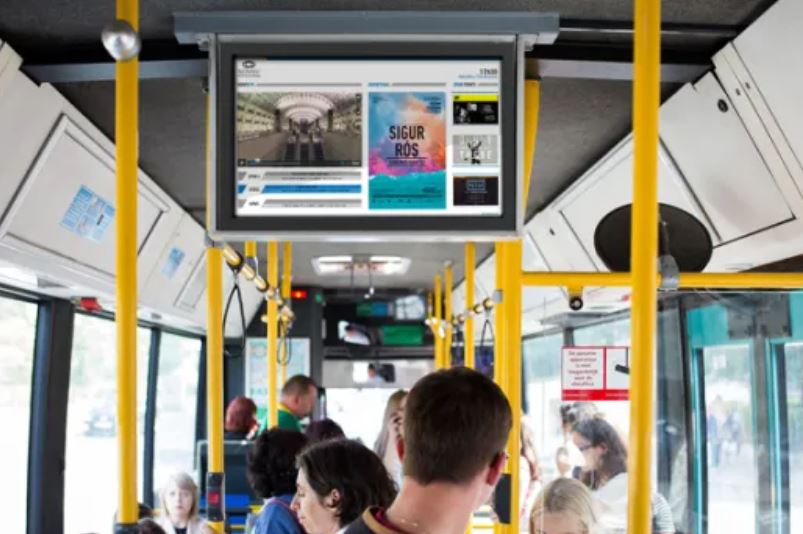In the past decade, immersive reality has transformed from a science-fiction concept to a present-day reality shaping the way we experience the world. With virtual and augmented reality (VR and AR) technologies advancing rapidly, our daily lives are beginning to feel the effects of these powerful tools. From education to entertainment, work to wellness, immersive experiences are now an essential part of how we interact with the world around us. Let’s explore how this technology is reshaping our lives, diving into the benefits, the challenges, and what the future might hold.
What is an Immersive Experience?
An immersive experience uses technology to create or enhance a person’s perception of reality, often making it more vivid, interactive, or realistic. Virtual reality creates entirely new worlds, while augmented reality layers digital elements onto our physical environment. Together, they form what we call “immersive reality,” a realm where the boundaries of real and digital blur, offering us new perspectives, interactions, and emotional connections.
Immersive experiences allow us to be “present” in scenarios that are otherwise impossible or impractical. Imagine attending a meeting in a virtual boardroom or exploring the surface of Mars from your living room. Through devices like VR headsets, AR glasses, and mobile apps, immersive reality has become more accessible than ever before.
The Power of Immersive Experiences in Various Sectors
The applications of immersive experiences are extensive and growing, influencing numerous industries in innovative ways.
1. Education
One of the most promising applications of immersive technology is in education. AR and VR make learning engaging, interactive, and memorable. For instance, history lessons can come alive through virtual tours of ancient civilizations, while biology students can visualize complex systems in 3D. Immersive learning promotes active participation, making it an effective way to understand and retain information.
2. Healthcare
In healthcare, immersive experiences are helping both professionals and patients. Medical students can practice surgeries in virtual settings before performing them on real patients, reducing errors and increasing confidence. AR applications aid in complex surgeries by overlaying crucial information on the patient’s body in real-time. Immersive experiences are also beneficial for patients in mental health therapies, helping them confront fears or practice mindfulness in controlled environments.
3. Workplace and Training
Companies are leveraging immersive technology to train employees in a risk-free environment. For example, factory workers can use VR simulations to learn about safety procedures without exposure to dangerous situations. This approach not only enhances skills but also improves overall safety. Immersive reality can also make remote work feel more connected; imagine collaborating in a virtual office, where you interact with colleagues in real time, sharing ideas and files as if you were together in person.
4. Entertainment and Gaming
Perhaps the most well-known use of immersive experiences is in entertainment and gaming. With VR games, players are no longer just observers but active participants within the game’s world. Augmented reality apps like Pokémon Go brought gaming into the physical space, turning our neighborhoods into playgrounds. Beyond gaming, immersive experiences allow moviegoers to step into cinematic universes, bringing a new level of interactivity and excitement to traditional storytelling.
5. Retail and Real Estate
AR has transformed online shopping by allowing customers to “try on” products virtually before making a purchase. From clothing to furniture, immersive technology offers a personalized shopping experience that helps consumers make informed decisions. Real estate is also seeing a shift, as prospective buyers can take virtual tours of properties from anywhere, gaining a realistic sense of the space without a physical visit.
The Human Side of Immersive Reality
While immersive technology offers endless possibilities, it also raises questions about how it might affect our emotional and social lives. There’s no doubt that immersive experiences provide a high level of engagement, but they can also risk isolating users from the real world. Spending too much time in virtual spaces may lead to social disconnect, addiction, or reduced physical activity.
On the positive side, immersive experiences can foster empathy by letting people “step into someone else’s shoes.” VR simulations have been used to teach people about homelessness, disabilities, or cultural differences, helping to cultivate a more compassionate society. Immersive experiences hold the power to unite people across distances and perspectives, offering shared experiences that transcend physical boundaries.
The Future of Immersive Reality
As technology evolves, the future of immersive reality is promising. We’re on the verge of even more sophisticated devices, like lightweight AR glasses that integrate seamlessly with everyday life. Mixed reality, a blend of AR and VR, is another emerging trend that will provide users with even greater control over how they engage with both virtual and physical worlds.
The accessibility of immersive experiences will continue to grow as costs decrease and devices become more user-friendly. Soon, immersive reality may become as common as smartphones are today, integrated into our routines and interactions in ways we haven’t yet imagined.
Challenges and Considerations
The growth of immersive technology also brings ethical and practical challenges. Privacy concerns, data security, and the potential for virtual addiction are just a few issues that society must address. Developers and regulators will need to work together to create guidelines that ensure safe and responsible use of immersive experiences.
Furthermore, there is the challenge of inclusivity. Not everyone has access to these technologies due to costs or lack of infrastructure. As immersive reality continues to shape our lives, efforts must be made to bridge this digital divide, ensuring that the benefits are accessible to all.
Conclusion
Immersive reality is transforming the way we experience and interact with the world. Whether it’s enhancing education, improving healthcare, revolutionizing workplaces, or simply making entertainment more engaging, immersive experiences have an undeniable impact on our daily lives. While there are challenges to navigate, the potential for positive change is vast. As we look to the future, one thing is clear: immersive reality is here to stay, bringing with it a new era of interaction, understanding, and connectivity.
The journey has only just begun, and the next chapter of immersive experiences promises to be even more extraordinary.



